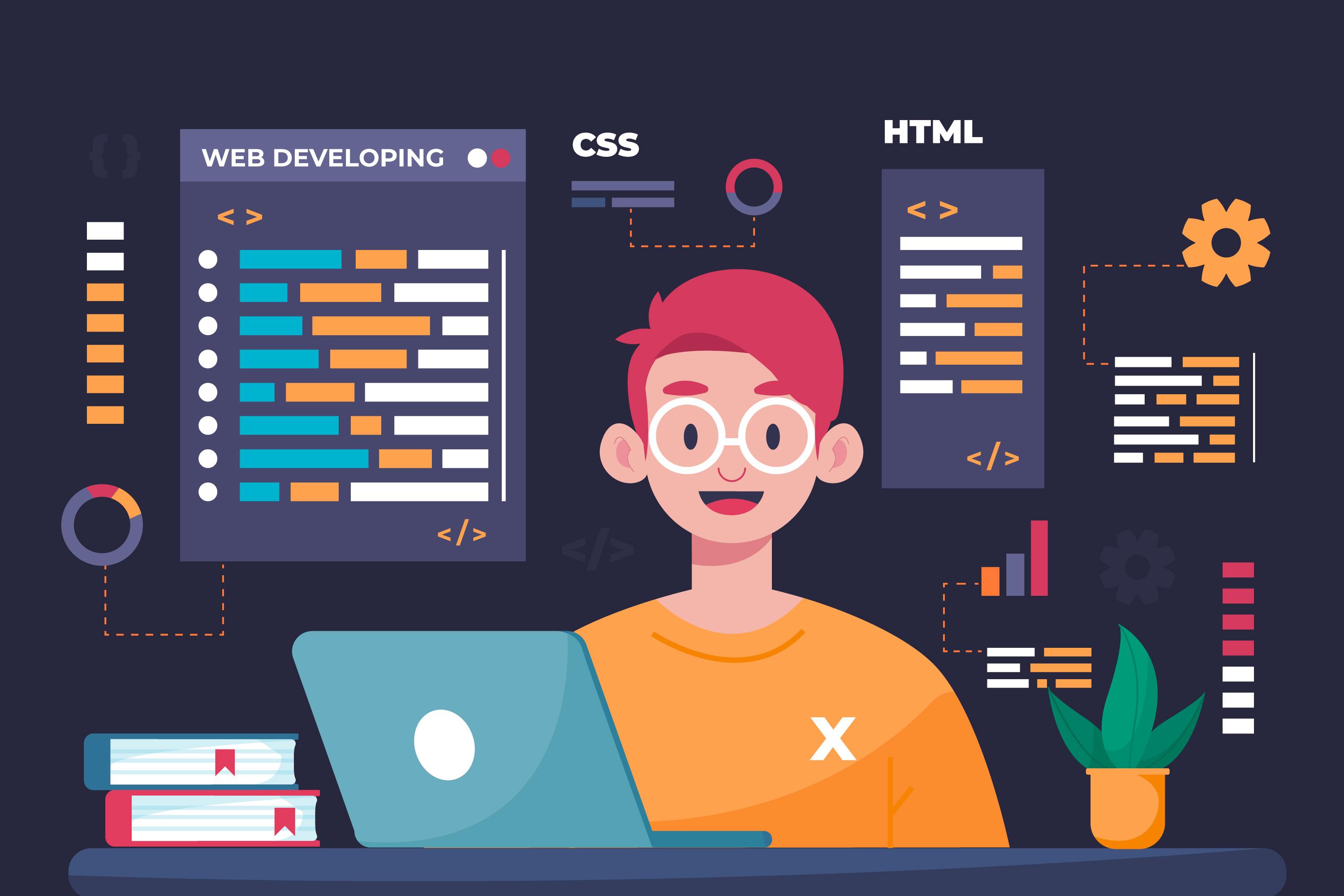Committed Developers vs. In-House Teams: Which Is Right for You?
The choice between using dedicated developers and preserving an internal team is a substantial one that can affect the trajectory of your jobs and total company method. Alternatively, in-house groups add to a cohesive company society and a nuanced understanding of lasting objectives.
Comprehending Committed Programmers
The growing need for specialized skills in the tech market has caused the appearance of devoted designers as a sensible solution for many companies. These professionals are normally gotten on a task basis, allowing companies to leverage details competence without the long-lasting commitment connected with full-time hires. Dedicated developers are typically ingrained within a customer's group, giving versatility and scalability to fulfill project requirements.
This model permits companies to access a worldwide ability swimming pool, which is specifically helpful in a quickly progressing technological landscape. Devoted developers can be sourced from various geographical places, making sure that business can discover the best capability at affordable rates. They typically bring a riches of experience and knowledge, having actually worked on varied tasks throughout different industries.
Furthermore, devoted developers can concentrate exclusively on the jobs available, enhancing efficiency and efficiency. They are equipped to incorporate flawlessly right into existing process, collaborating very closely with internal groups to achieve task purposes. This method not only lowers the burden of employment and training but additionally allows companies to remain active, adapting quickly to transforming market demands and technical advancements.
Benefits of In-House Teams

Furthermore, internal teams tend to have a much deeper understanding of the company's objective, values, and goals. This positioning can boost employee interaction and inspiration, as team participants really feel more attached to their work and the company's success. Additionally, having a committed internal group enables for far better alignment of methods and goals, as these participants are consistently concentrated on the firm's top priorities.
In-house teams additionally facilitate quicker decision-making processes, as they can react much more rapidly to challenges and adjustments. The established connections and familiarity with firm procedures enable streamlined process and minimized miscommunication. Ultimately, the mix of a cohesive culture, positioning with organizational goals, and reliable communication makes internal teams a valuable asset for numerous organizations, especially those wanting to cultivate long-lasting development and advancement.
Price Factors To Consider
When assessing expense factors to consider, both specialized designers and internal groups existing distinct financial ramifications for companies. Engaging committed developers commonly see it here involves a pay-per-project or per hour rate model, which can be economical for companies with varying task demands. This strategy allows for adaptability in scaling sources up or down, making sure that companies only pay for the solutions they require.
In contrast, in-house groups entail taken care of expenses, consisting of wages, benefits, and overhead expenses such as workplace and tools. While this version supplies her comment is here greater control and prompt availability of resources, it may bring about greater long-lasting costs, particularly if the workload does not warrant a full time team.
Moreover, firms need to consider the concealed expenses connected with employment and training of internal staff members, which can better stress budgets. In many cases, the time and resources spent on managing an internal team can interfere with the company's core business purposes.

Project Administration and Versatility
Task monitoring and flexibility are crucial factors that influence the choice between committed programmers and in-house groups. Dedicated developers generally provide a high degree of versatility, allowing organizations to range sources up or down based upon job demands. This dexterity can be specifically helpful for services experiencing varying workloads or those seeking to innovate rapidly. Committed groups often have actually developed procedures for handling tasks properly, leveraging certain techniques like Agile or Scrum, which assist in iterative progression and adaptability.

Inevitably, the selection between in-house teams and devoted designers depends upon the preferred degree of adaptability and the details project monitoring demands. Companies need to assess their operational characteristics, task complexity, and resource schedule to figure out which option straightens ideal with their critical purposes.
Making the Right Option
Picking the ideal development technique-- committed designers or internal teams-- needs a cautious evaluation of various elements that straighten with a company's strategic goals. hire dedicated developers. Think about the nature of the project. Committed developers might be much more ideal if it demands specialized abilities or a quick scale-up. Alternatively, internal groups can offer much better connection and integration with existing employees.
Next, examine your budget. Dedicated developers commonly provide an economical service for short-term projects, while in-house groups may incur greater lasting expenditures because of salaries, advantages, and expenses costs. Evaluate the degree of control and cooperation wanted; in-house teams generally promote stronger interaction and alignment with business society.
If immediate outcomes are essential, committed developers can be onboarded rapidly, whereas building an internal team takes time for employment and training. If continual growth is vital, spending click here now in an internal group might produce better returns over time.
Final Thought
In conclusion, the decision in between internal groups and dedicated programmers hinges on job needs and business purposes. Alternatively, in-house groups grow a cohesive society and deeper placement with long-lasting objectives.
The choice in between using specialized designers and keeping an internal group is a substantial one that can affect the trajectory of your jobs and general organization approach.Task administration and adaptability are crucial variables that affect the selection in between devoted programmers and internal teams. dedicated development team.In comparison, in-house teams might excel in keeping a constant job administration framework due to their familiarity with the company's culture and long-term goals. Dedicated programmers usually offer an economical option for temporary jobs, while internal teams may sustain greater lasting expenses due to wages, advantages, and overhead costs.In final thought, the choice in between in-house groups and specialized developers hinges on job requirements and organizational objectives